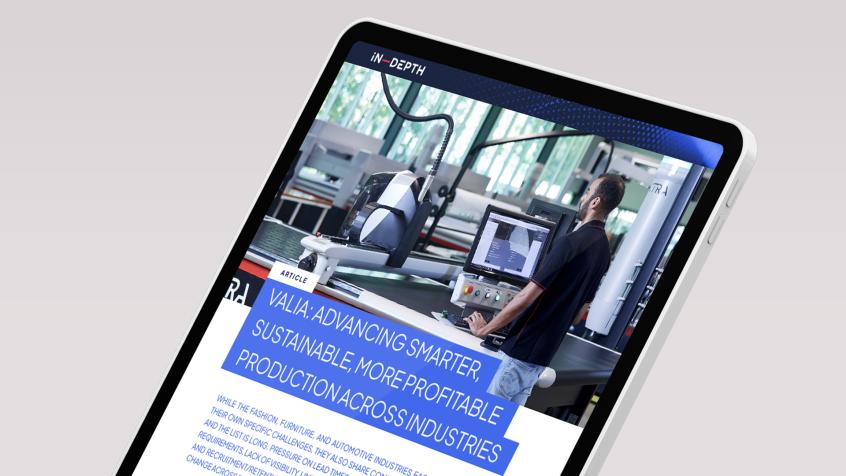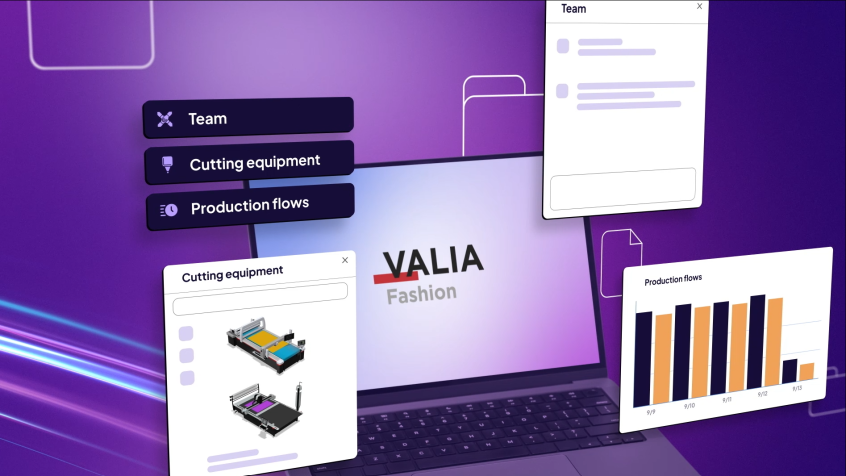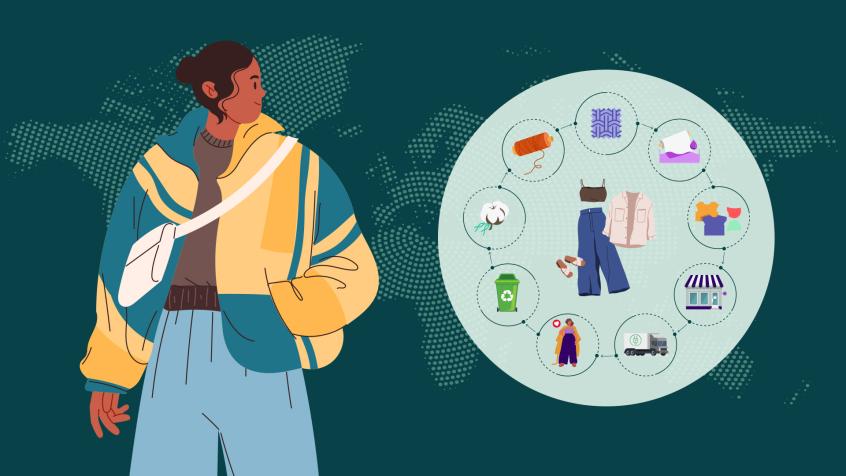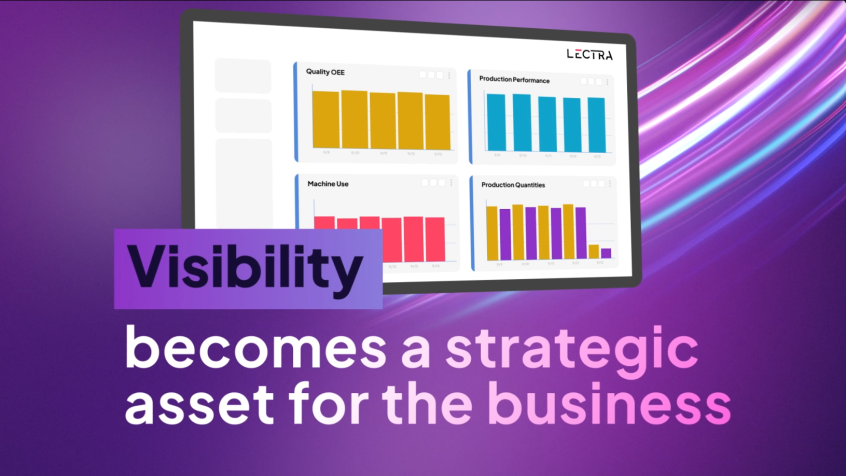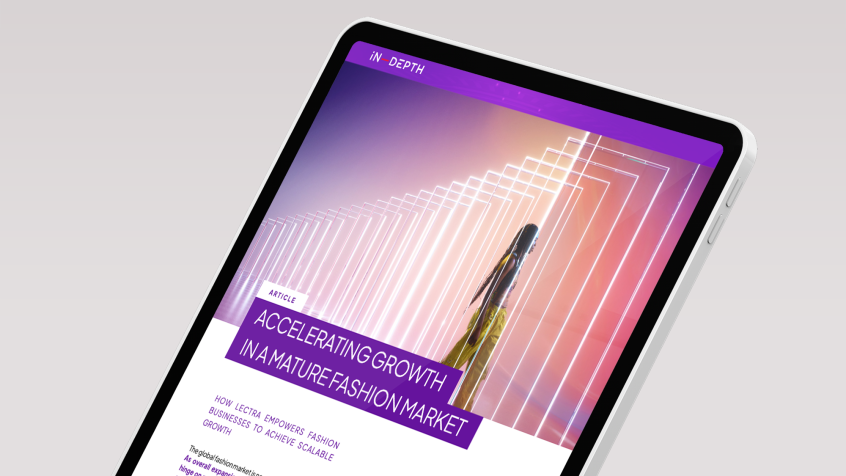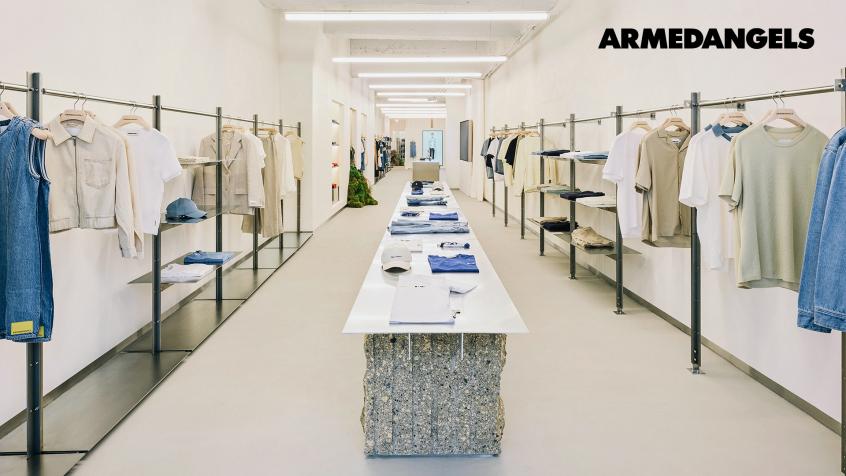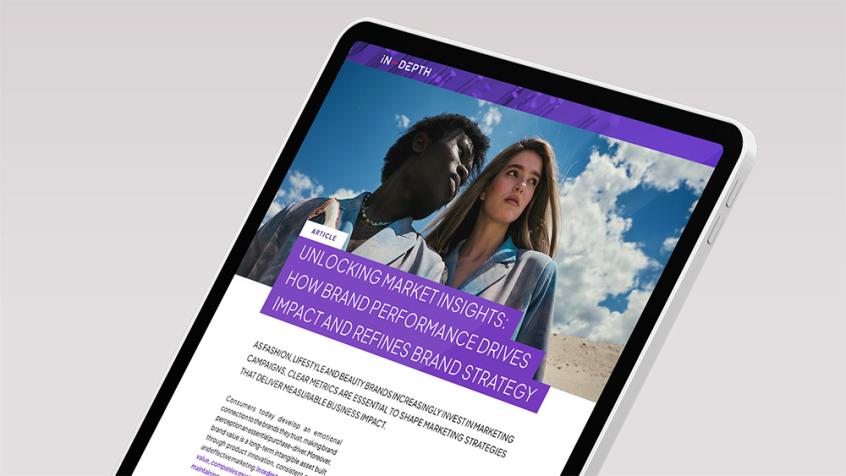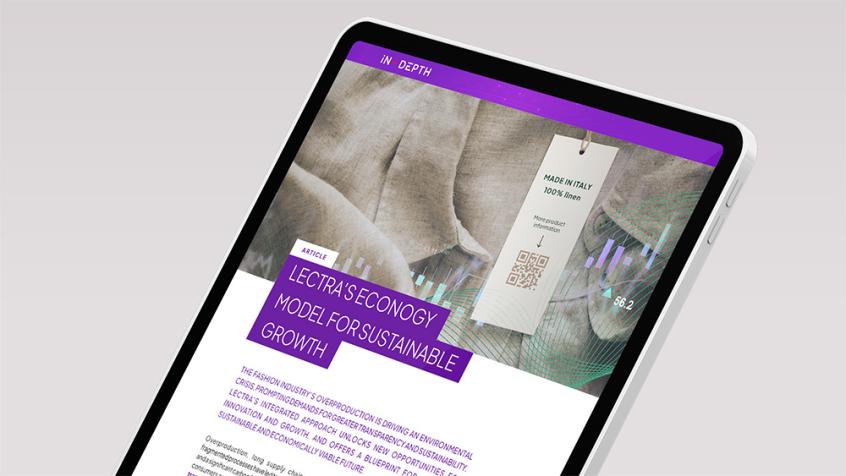The best story you have is your own
The best story you have is your own. You innovate because it is necessary for survival.

Overcoming Initial Fears About Fashion Technology
Initially, when I thought about fashion technology, I immediately feared that some cold, unfeeling algorithm would eliminate the need for a designer like me. It felt like technology would strip the heart and soul from the creative process, reducing it to mere transactions—like a completed purchase for a blue shirt, size medium, long sleeve, button front. As designers, we work with metrics, but there's always room for interpretation and freedom of expression. More importantly, human emotion and intuition guide us toward the next big trend, rather than just recycling past choices. While technology has its benefits, I wondered if it could lead to true innovation—or if it was simply a threat.
Despite my concerns, fashion technology can offer significant advantages. The cost of designing a new collection can be astronomically high, especially when developing products from scratch in the U.S. and relying on a host of experts to bring ideas to life. The fashion hubs of New York and Los Angeles make it even more challenging, particularly when you live hundreds of miles away from the industry. As a designer, I found product development costs to be almost insurmountable, continually draining my hard-earned revenue. Reducing these development costs upfront would have dramatically impacted my ability to focus on high-performing products and improve my return on investment.
A New Opportunity in Fashion Design
Fast forward to an opportunity I encountered through one of my buyers for my namesake brand, Nina Means. She suggested that I apply for the position of Director of a Fashion Incubator at Austin Community College in Austin, TX. At that time, I was working to build my brand while facing numerous challenges, such as development logistics, quality control, and managing timely deliveries. It was no small feat, and it often resulted in exorbitant shipping fees for sending fabric, patterns, and products all over the continental U.S. to ensure timely arrivals at specialty stores.
As it turned out, the City of Austin had approached Austin Community College to create a Fashion Incubator aimed at addressing the challenges designers like me faced in establishing profitable businesses in Central Texas. They partnered with Gerber Technology to provide state-of-the-art equipment to startup fashion businesses in the region—a complete digital solutions package. This technology allows designers to significantly reduce product development costs by enabling them to visualize an entire collection digitally in 3D before cutting any fabric. It also facilitates the digital storage and manipulation of patterns for future use, eliminating the need for bulky paper patterns.

Embracing Sustainability Through Technology
A quick aside: did you know that fashion was the world’s biggest polluter after oil and gas? Sustainability is getting a huge opportunity through this digital solution. Startup designers are becoming increasingly aware of their global impact and are insisting on making a smaller footprint as the fashion industry moves forward, with technology aiding this effort. Customers are also actively seeking sustainable options.
The Austin Community College Fashion Incubator provides access to the Gerber Technology Z1 digital cutter, which can quickly cut as many (or as few) garments as needed to meet sampling and lower minimum requirements. This technology could even pave the way for on-demand market strategies in the future. Additionally, Designers-in-Residence receive access to product lifecycle management software, similar to what I used when I worked as a designer in New York City. This type of software has saved multibillion-dollar companies millions of dollars through efficient product development, production, and sales management.
Redefining Fashion Design
There are numerous advantages to working this way, and my initial fears about technology have diminished. Designers can test their concepts and resolve initial issues in a 3D digital space, potentially avoiding wasteful spending on paper or fabric while refining their collections. In traditional fashion business practices, designers often face exorbitant sample prices or are pressured to produce more items than necessary to achieve reasonable pricing. With this technology, they can now cut to order for smaller quantity buys, which is common for young design businesses selling to specialty stores.
This technology enables young designers to focus on what is truly needed and, as they grow their businesses, to meet standard industry requirements while keeping their revenue where it belongs: in the bank.
The Innovation:
- Technology decentralizes and democratizes the fashion industry.
- Technology facilitates accurate design.
- Technology is essential for driving sustainability.
Fashion technology isn’t that bad after all; it’s actually quite wonderful. There’s a real opportunity for a much higher return on investment for young startup designers, along with greater long-term sustainability.
By the way, did you know you could apply to be a Designer-in-Residence at the Austin Community College Fashion Incubator? Apply here.
Related content

